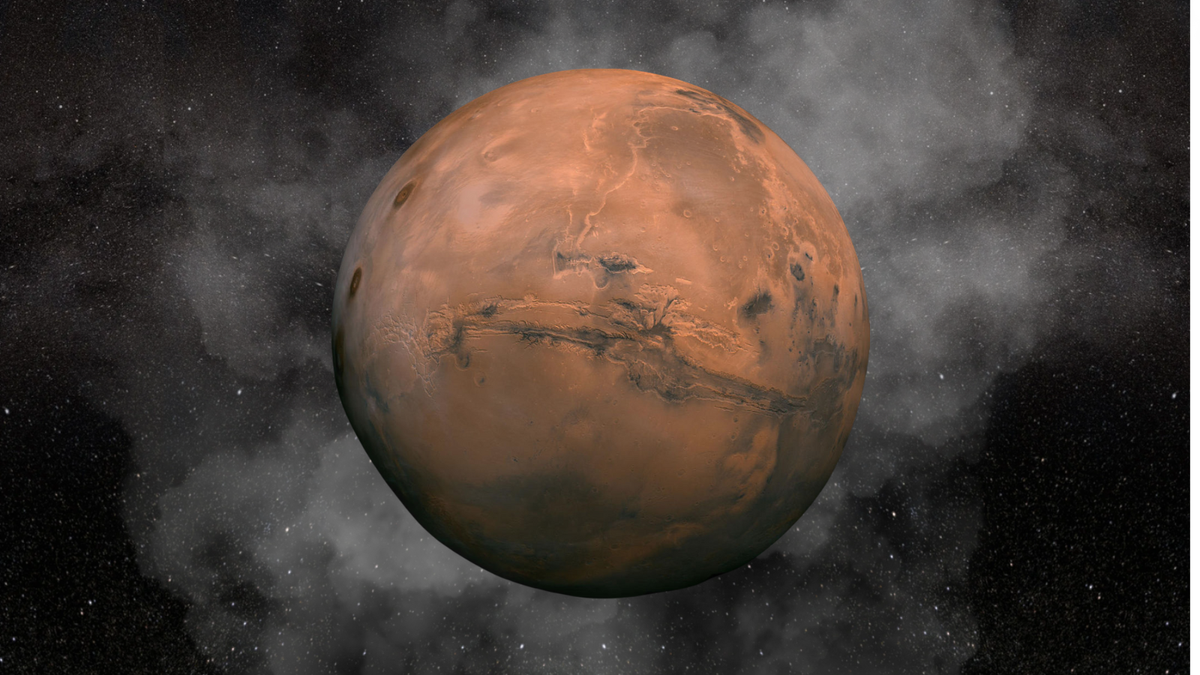How the atmosphere of Mars vanished: New research provides hints

It wasn't always a frigid, desolate desert on Mars, as it is now. More and more recent data points to the possibility that water previously flowed on the surface of Mars. This indicates that in order to prevent this water from freezing, a dense atmosphere would have needed to wrap the planet.
The water then dried up as the atmosphere, which was rich in carbon dioxide, drastically thinned around 3.5 billion years ago. The main challenge facing scientists trying to piece together the history of the Red Planet is just why this occurred. This topic may have some answers thanks to a recent study that was published on September 24 in the journal Science Advances.
The Massachusetts Institute of Technology's Joshua Murray and Oliver Jagoutz, geologists, propose that water seeped through specific types of rock on the surface of Mars and started a slow series of reactions that gradually pulled carbon dioxide from the planet's atmosphere and transformed it into methane. The clay surface of the Red Planet has the potential to store carbon in the form of methane for eons.
Ensnared in folds
This notion was developed by the two geologists from their fieldwork on Earth. They were focusing on smectite, a kind of clay substance that is well-known for being an extremely potent carbon trap, in 2023. Each smectite grain has several folds that can contain carbon for billions of years. Researchers at MIT discovered that smectite has the ability to absorb and retain atmospheric carbon dioxide for millions of years, which can be used to chill the planet if it is left in contact with it.
Not long after, Jagoutz coincidentally discovered the same smectite clay he was researching when he occurred to glance at an enlarged map of the Martian terrain. He was unsure of how it got there, though. Smectite is a byproduct of tectonic action on Earth, however it is well known that Mars does not experience this kind of activity.
The function of water
Thus, the two scientists started looking at other scenarios in which smectite might have formed. The reaction between Martian water and olivine, a ferrous rock that is known to be common on the planet's surface, holds the key to understanding this topic. The scientists developed a computer model to predict how the three might interact over a billion years using information already known on the existence of olivine, water, and a thick atmosphere heavy in CO2.
They discovered that during this enormous period of time, oxygen atoms in water would have gradually linked to the iron in olivine, which is also responsible for the planet's red color. This would have released the hydrogen, which would have subsequently mixed with the carbon dioxide to make methane. The olivine would eventually change into smectite as a result of the reaction with water, and this would then absorb the methane.
This information is useful to people who are not scientists or researchers. The methane stored beneath the Martian surface may prove to be a priceless resource as humanity attempts to send expeditions and possibly colonize the Red Planet. The researchers speculate that methane might potentially be utilized as a source of energy on Mars in the future.
